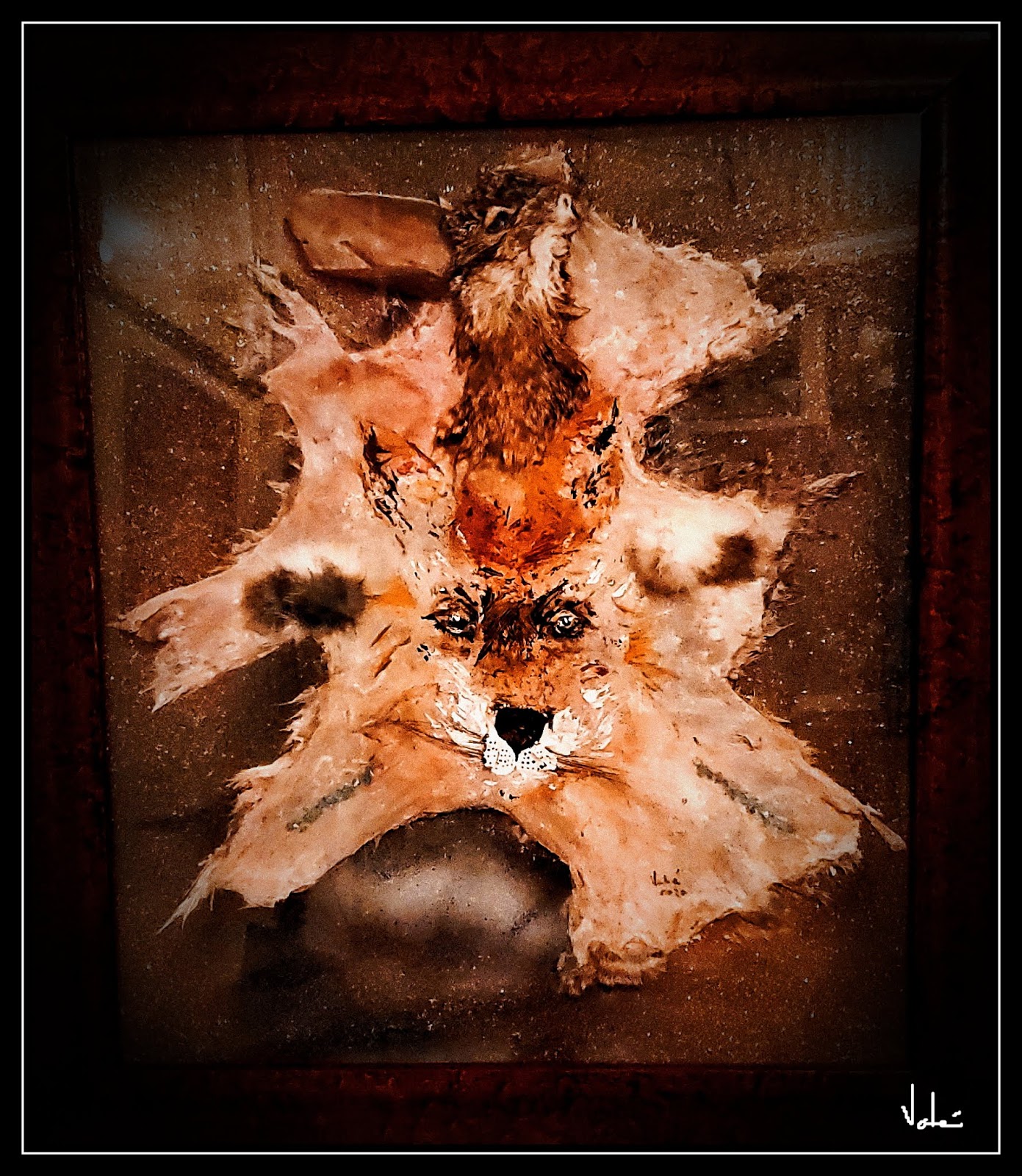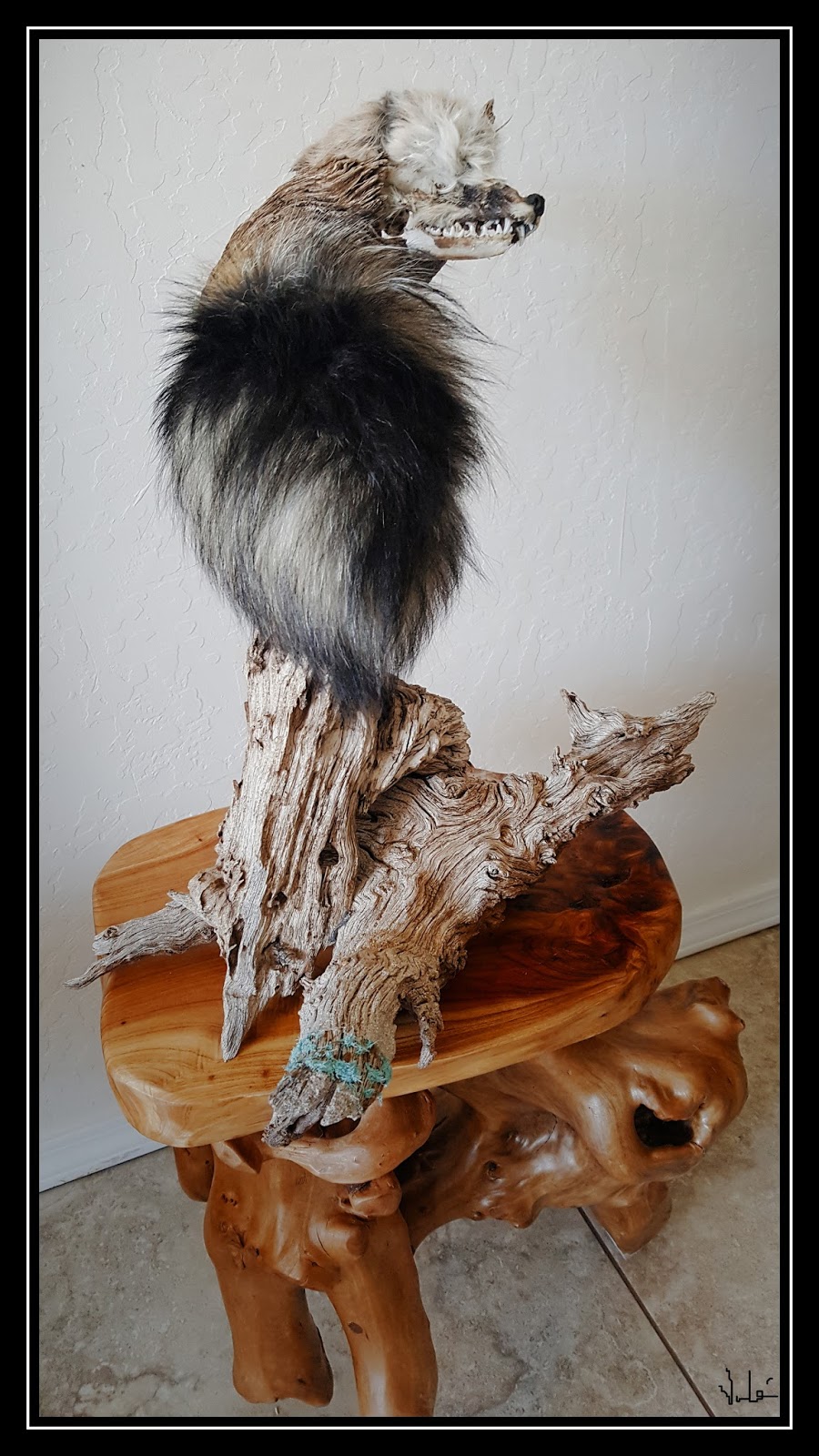Jerry Jacka’s Photograph of a Hopi Kachina Carver – How Artistic Expression Transcends its Original Mode of Emphasis
There are 22 federally recognized Native American
tribes in Arizona, the largest of which is the Navajo Nation. Thus with such
ancient cultural and the natural environments and structures, the Southwest and
especially Arizona attract and inspire all types of visual and acoustic arts. Photography
is among the more modern types of creative expressions among artists in the
region.
One Arizona photographer whose work I have
especially appreciated was Jerry D. Jacka. Over more than seven decades he
photographed the majesty of landscapes in Arizona, Colorado and Utah. His photographs made with large format cameras
are breathtaking realizing that he used film and decades ago did not have the
wizardry of light room digital manipulations.
Among my favorites, however, are the photographs of
Native American culture, weaving, living environment and people. He respectfully followed all the tribal rules
while photographing, and that keen reverence he had for cultural pride and
personal privacy is apparent in all his prints.
Jerry Jacka passed in 2017 and a much respected
Arizona magazine, the Arizona Highways
to which he was a collaborator for decades, dedicated an issue to him and his
work in April 2018. A PDF of that
issue’s pages about Jacka can be seen here:
file:///C:/Users/Administrator/Downloads/aho_900%20(1).pdf
As a portraiture and street photographer I exclusively
use B&W film, hence the photo on page 13 of the above link caught my
attention. It is a photo of a Hopi artist carving kachinas (dolls) in his home
in the Hopi Tribe’s Walpi village. Kachina dolls are intended to teach young
girls and new brides about the immortal beings who affect societies and their
natural environment and are messengers between the spirit world and our world
on earth.
Here is a screen shot of that photo:
So, inspired by this photograph, I decided to paint
the “feel” of the Hopi home’s scene using my own style of transforming animal
hide into a canvas that tells a story.
I started with a jackrabbit (hare) hide as it is one
of the most recognizable inhabitants of Arizona deserts. Here is the initial
“canvas”:
The table‘s contour was painted next to allow
setting the perspective of the room. Given the soft shades in the original
photograph, I predominantly used watercolour instead of oil, although for parts
of the background pillars and the window I used acrylic and oil paint to
enhance the effect of filtering morning light.
Since this is not a reproduction but a painting influenced by a photograph, the artist carving kachinas acquired a kachinaesque appearance! I wanted to have flamboyant dark hair and shoulder accoutrement that approached the Southwest turquoise stone colour. My first version of the hair did not correspond to the Hopi hairstyle. So I reworked it to a more appropriate one.
As for the shoulder accoutrement, working with watercolour was not easy but after several layers of watercolour I was pleased with the effect. This was achieved by dripping paint into the shoulders area and not by painting with a brush. While the dripped water colour dried with different shades and texture, which I liked, it did not get immediately absorbed by the hare hide as brushing would allow. So, it took a number of “dripping” sessions to establish adhesion. Here is the progression of that turquoise-like colour over a few days:
Finally I added the saw and kachinas atop the table
and shadows here and there.
This was an unusual project for me. The themes of my
paintings and sculpture are guided by the shape and texture of the materials at
hand, not by a photograph or a painting. As such, I consider my fist painting
of 2022 a tribute to a grand Arizonian artist, Jerry Jacka.
January1, 2022
© Vahé A. Kazandjian, 2022








Comments
Post a Comment